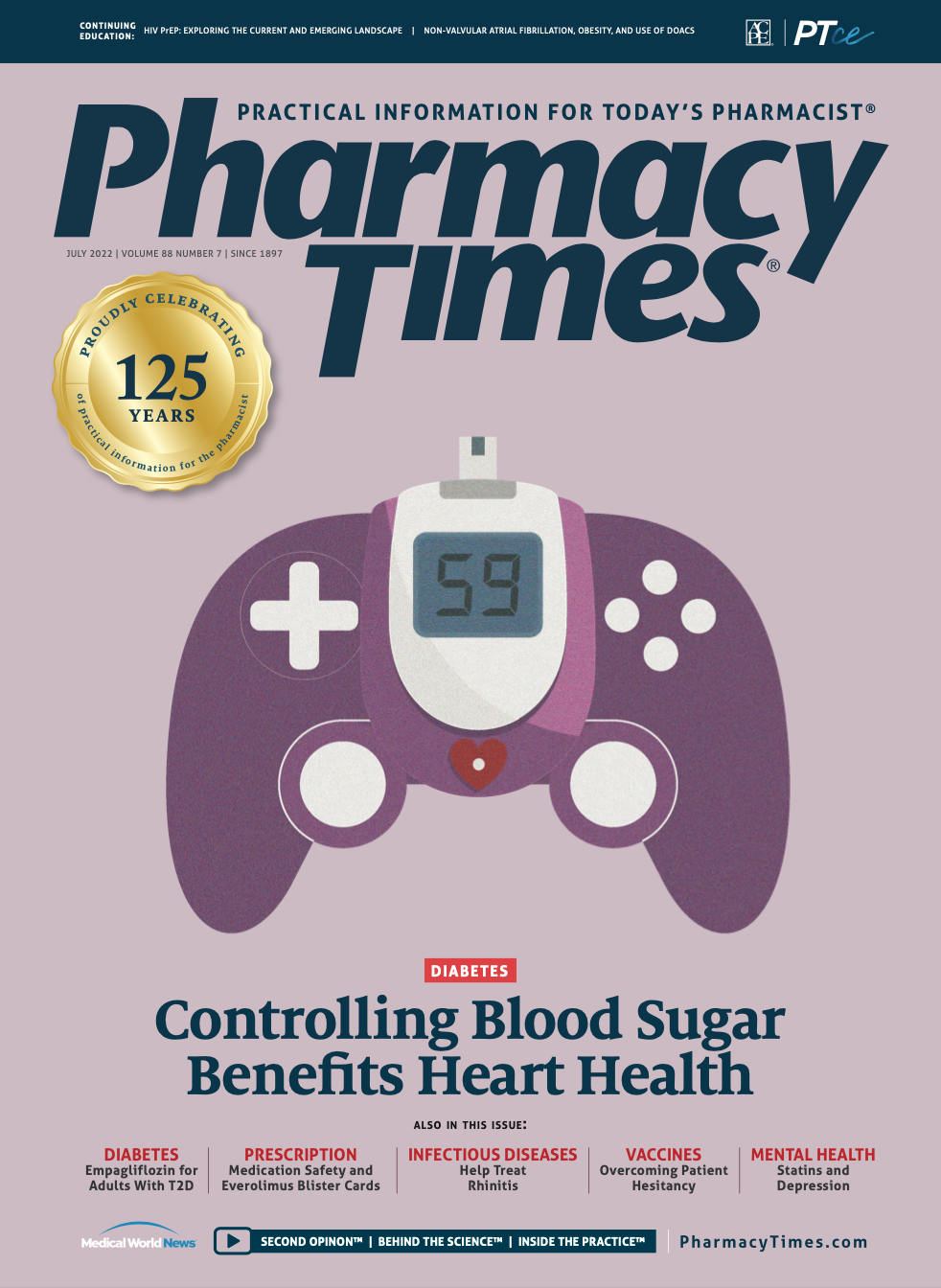Publication
Article
Pharmacy Times
Quviviq From Idorsia Pharmaceuticals
Author(s):
The FDA has approved daridorexant (Quviviq; Idorsia Pharmaceuticals, US Inc) to treat adults with insomnia.
The FDA has approved daridorexant (Quviviq; Idorsia Pharmaceuticals, US Inc) to treat adults with insomnia, as characterized by difficulties with sleep onset and/or sleep maintenance.1
Insomnia affects more than 25 million American adults and is the most common sleep disorder. It can lead to difficulty concentrating and often affects energy levels and mood. Conditions associated with long-term insomnia include cardiovascular disease, dementia, psychiatric disorders, substance abuse, and type 2 diabetes.2 Quviviq is a schedule IV controlled substance.1
Pharmacology and Pharmacokinetics
Quviviq is an orexin receptor antagonist. It blocks the binding of the wake-promoting neuropeptides orexin A and orexin B to the orexin receptors type 1 and type 2, which is thought to suppress the wake drive. Quviviq reaches peak plasma concentrations within 1 to 2 hours of oral administration and has a terminal elimination half-life of approximately 8 hours. It is primarily metabolized by CYP3A4.1
Dosage and Administration
The recommended dose of Quviviq is 25 to 50 mg orally once per night. The medication should be taken within 30 minutes of going to bed and with at least 7 hours remaining before planned awakening. Taking Quviviq with or soon after a meal may delay the time to sleep onset. The maximum dose for patients with moderate hepatic impairment is 25 mg once per night. Quviviq should not be used in patients with severe hepatic impairment.1
Clinical Trials
Quviviq was evaluated for efficacy in 2 double-blind, multicenter, parallel-group, placebo-controlled, randomized studies of patients with insomnia. Study 1 (NCT03545191) randomly assigned participants to receive Quviviq 50 mg, Quviviq 25 mg, or a placebo. Study 2 (NCT03575104) randomly assigned participants to receive Quviviq 25 mg, Quviviq 10 mg, or a placebo. For both studies, the primary efficacy end points were the change from baseline to month 1 and month 3 in latency to persistent sleep (LPS), which assesses sleep induction, and wake after sleep onset (WASO), which assesses sleep maintenance. Both were measured objectively by polysomnography in a sleep laboratory. The secondary end point was self-reported total sleep time (sTST).
In study 1, both doses of Quviviq showed a statically significant improvement on LPS, WASO, and sTST at months 1 and 3 compared with the placebo. In study 2, the 25-mg dose showed statically significant improvement on sTST and WASO compared with the placebo. The 10-mg dose did not show a statistically significant improvement on LPS, sTST, or WASO.1,2
Contraindications, Warnings, and Precautions
The use of Quviviq is contraindicated in patients with narcolepsy.
Quviviq is a central nervous system depressant that can impair alertness and motor coordination. In some patients, these effects lasted for days after discontinuing the medication. This risk increases when Quviviq is used with other central nervous system depressants. Patients using Quviviq should be cautioned against driving the day after administration and other activities requiring complete mental alertness. Patients using Quviviq should be monitored for a worsening of depression or suicidal thoughts. Cataplexy-like symptoms, hypnagogic/hypnopompic hallucinations, and sleep paralysis may occur during treatment with Quviviq. Complex sleep behaviors such as sleepwalking and sleep driving as well as engaging in other activities while not fully awake may occur, and if so, treatment with Quviviq should be discontinued immediately. Quviviq has not been studied in patients with severe chronic obstructive pulmonary disease, moderate obstructive sleep apnea requiring continuous positive airway pressure, or severe obstructive sleep apnea. Patients should be evaluated for comorbid diagnoses if insomnia persists after 7 to 10 days of treatment.
Quviviq should not be used concomitantly with moderate or strong CYP3A4 inducers or strong CYP3A4 inhibitors. When used concurrently with moderate CYP3A4 inhibitors, the maximum recommended dose of Quviviq is 25 mg. The most common adverse reactions are fatigue, headaches, and somnolence.1
About the Author
Monica Holmberg, PharmD, BCPS, is a pharmacist in Phoenix, Arizona, and Pharmacy Times® contributor.
References
1. Quviviq. Prescribing information. Idorsia Pharmaceuticals US Inc; 2022. Accessed April 21, 2022. https://www.idorsia.us/documents/us/label/Quviviq_PI.pdf
2. Idorsia receives US FDA approval of Quviviq (daridorexant) 25 and 50 mg for the treatment of adults with insomnia. Idorsia Pharmaceuticals US Inc. News release. January 10, 2022. Accessed April 21, 2022.
https://www.idorsia.us/documents/us/media-releases/2201_us-fda-approval-quviviq-announcement.pdf






